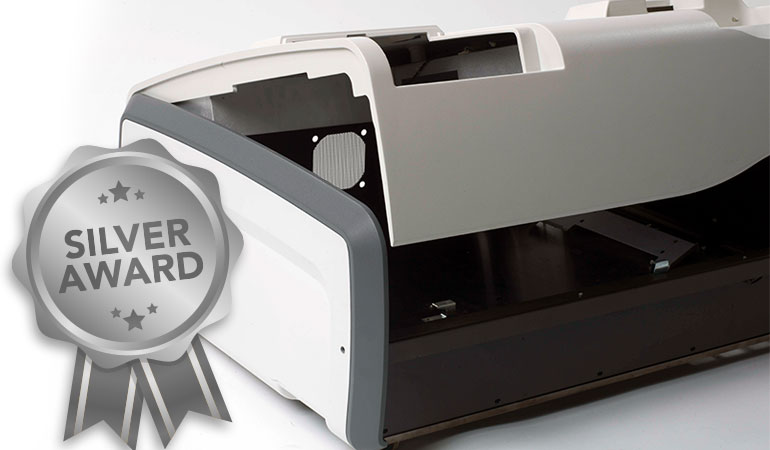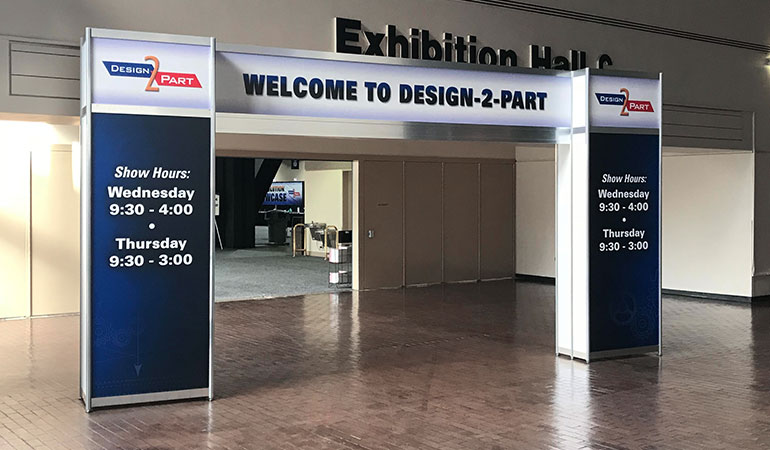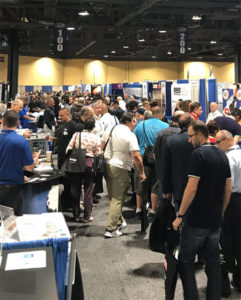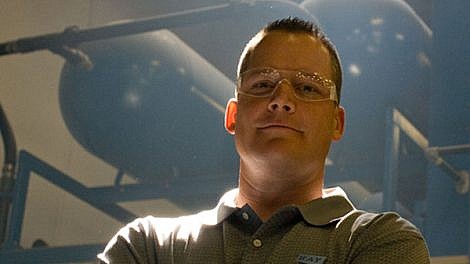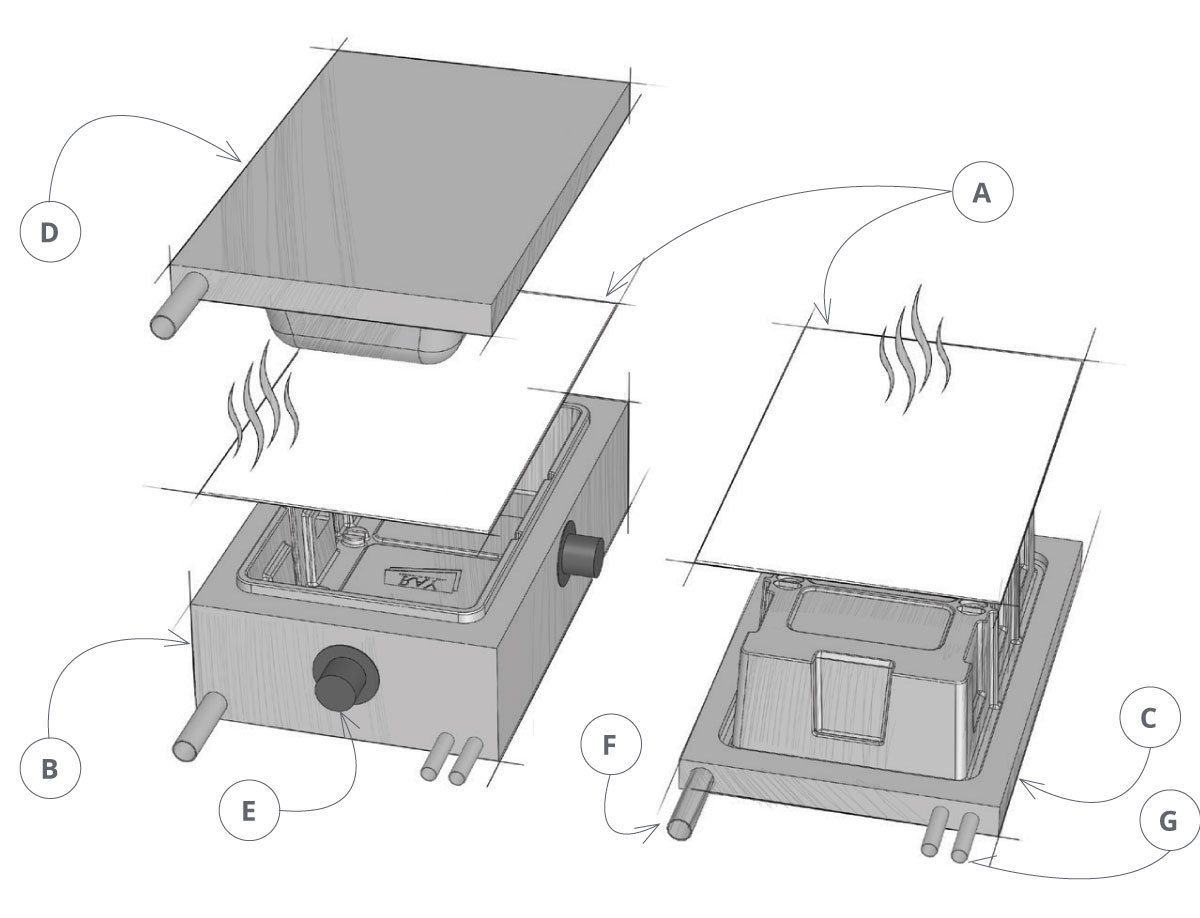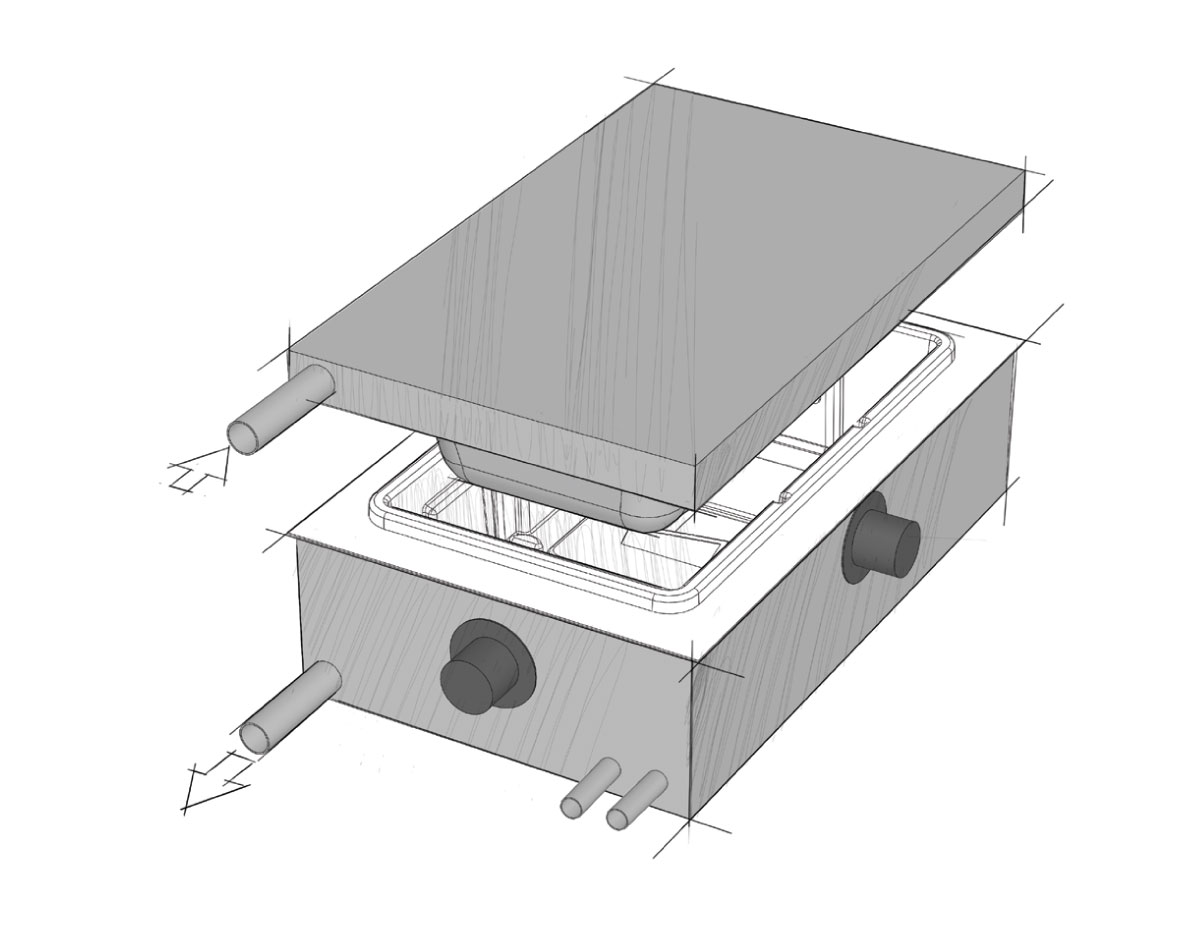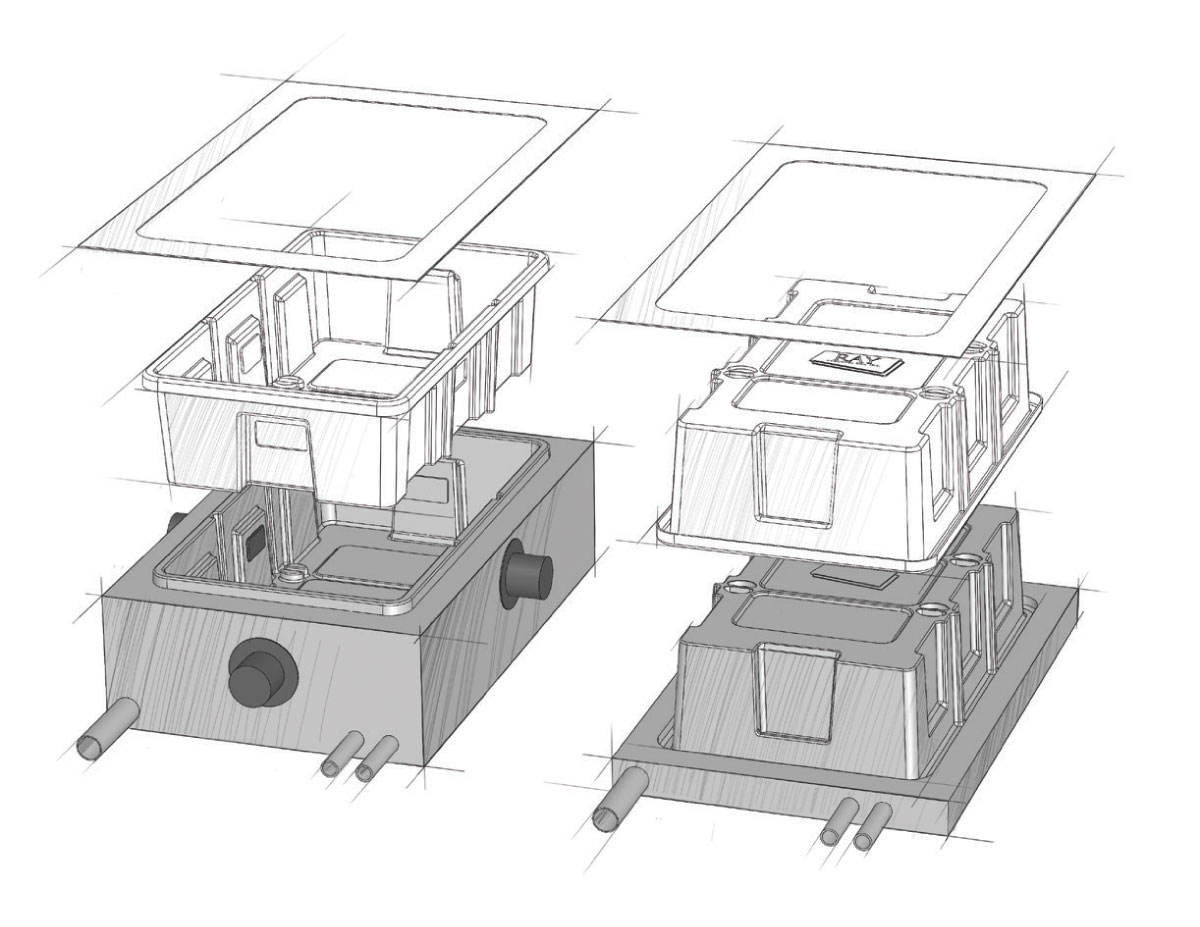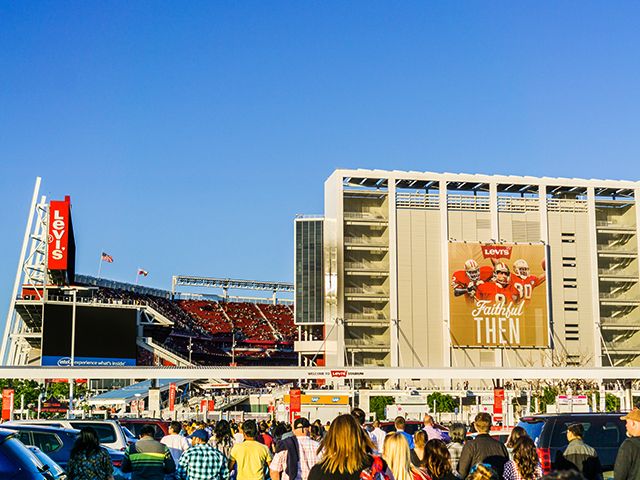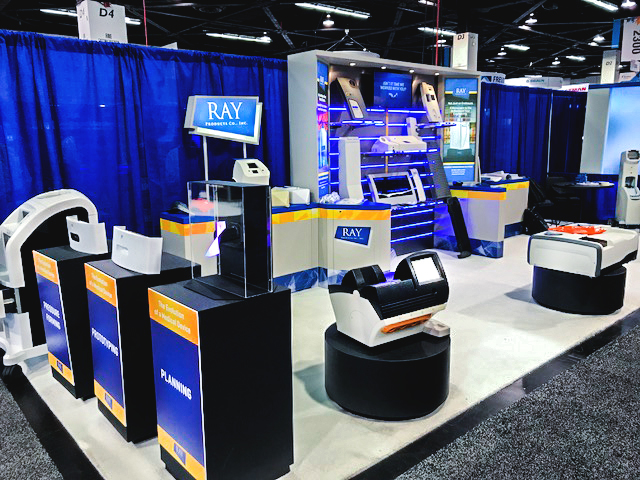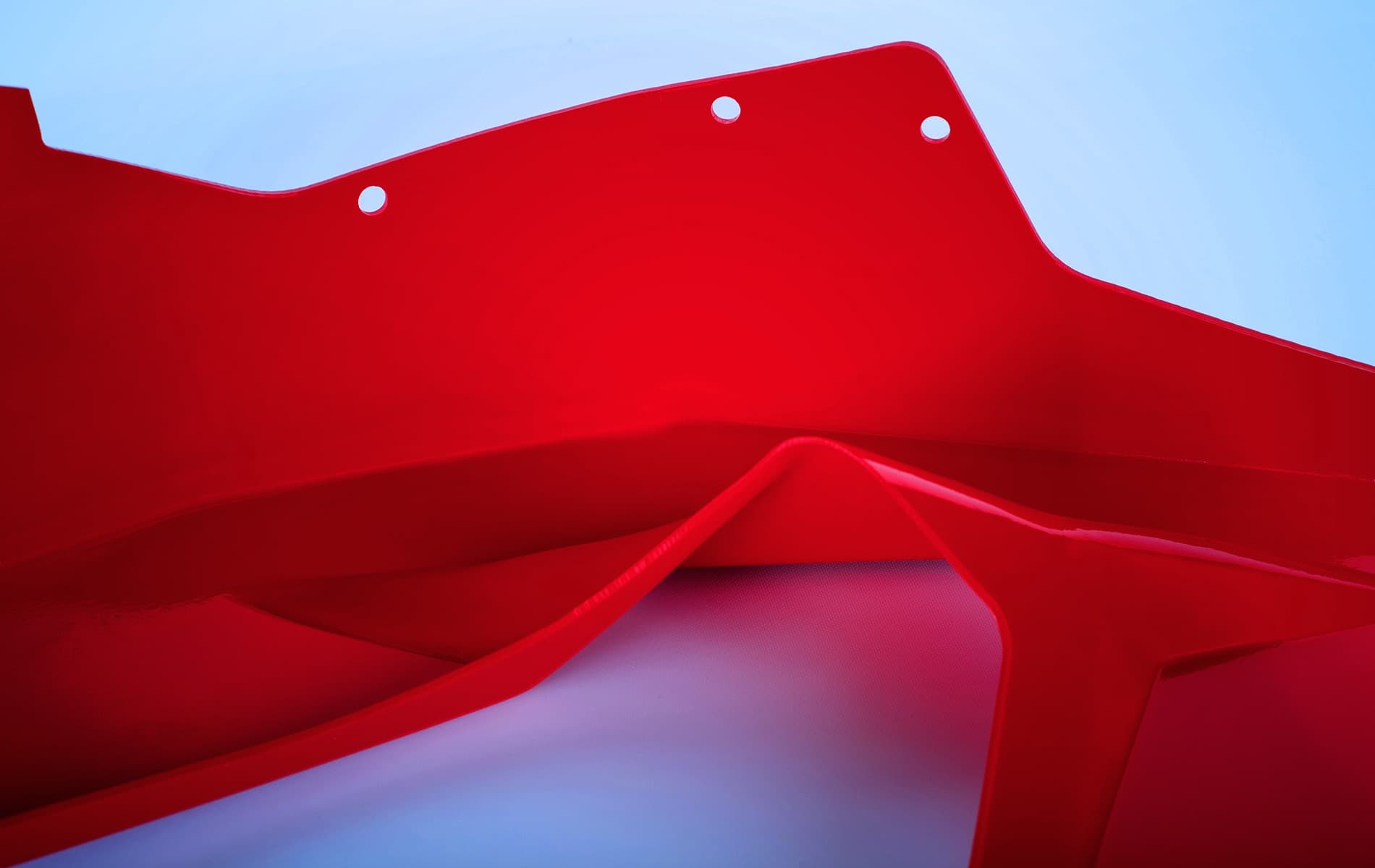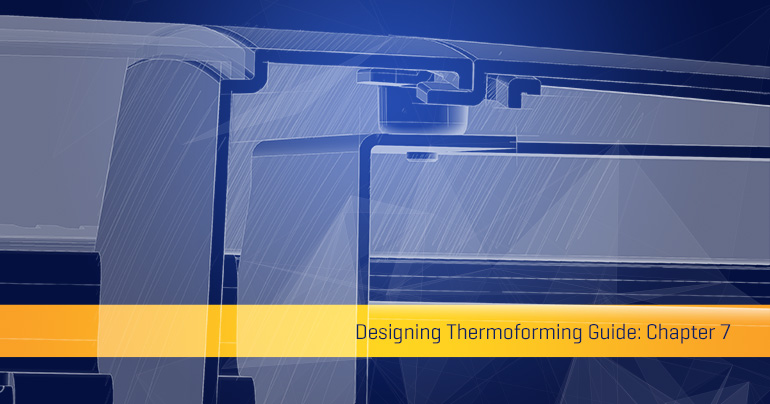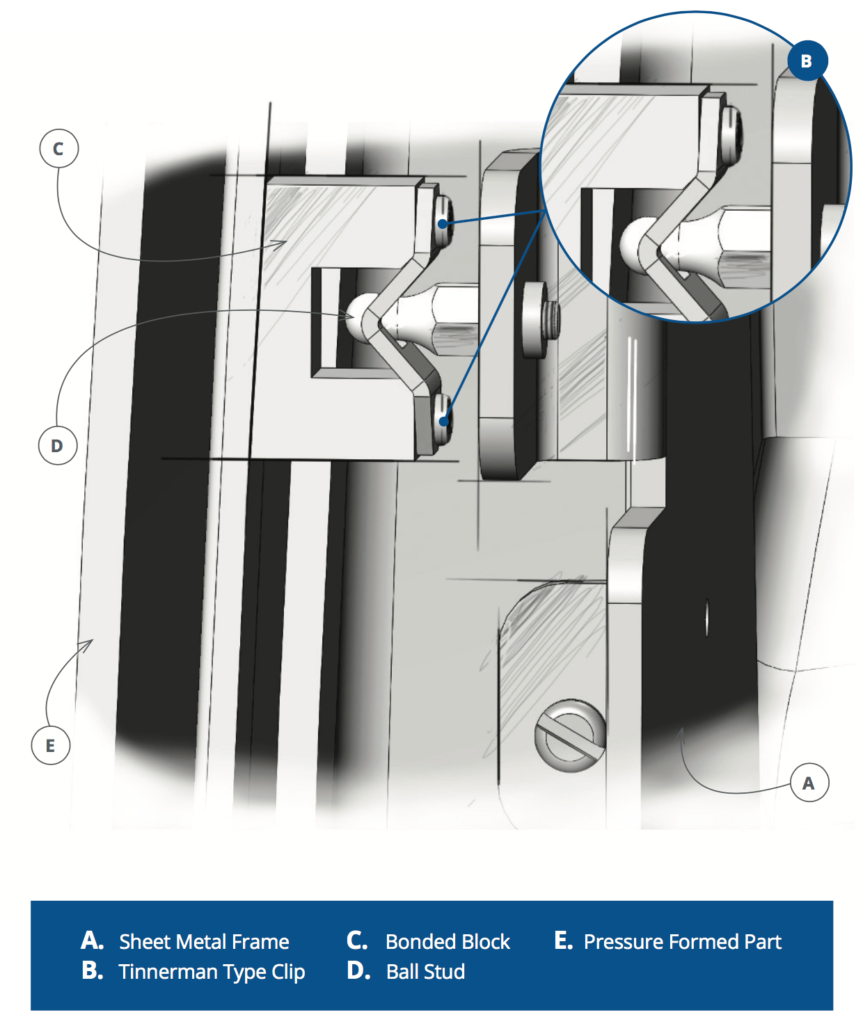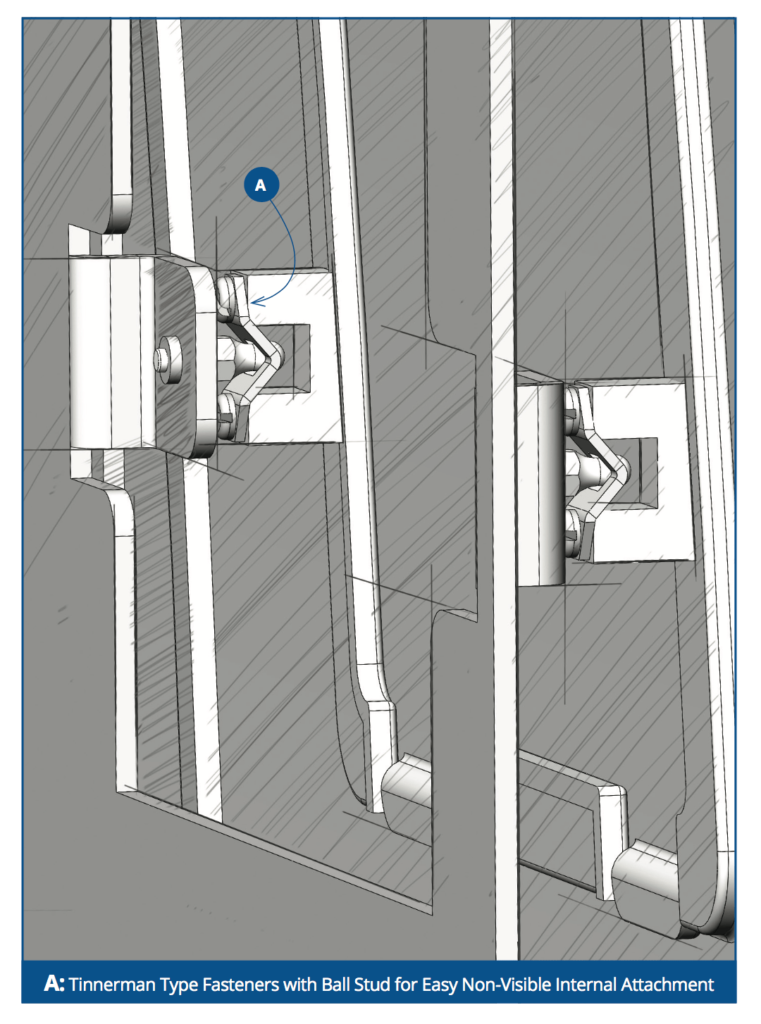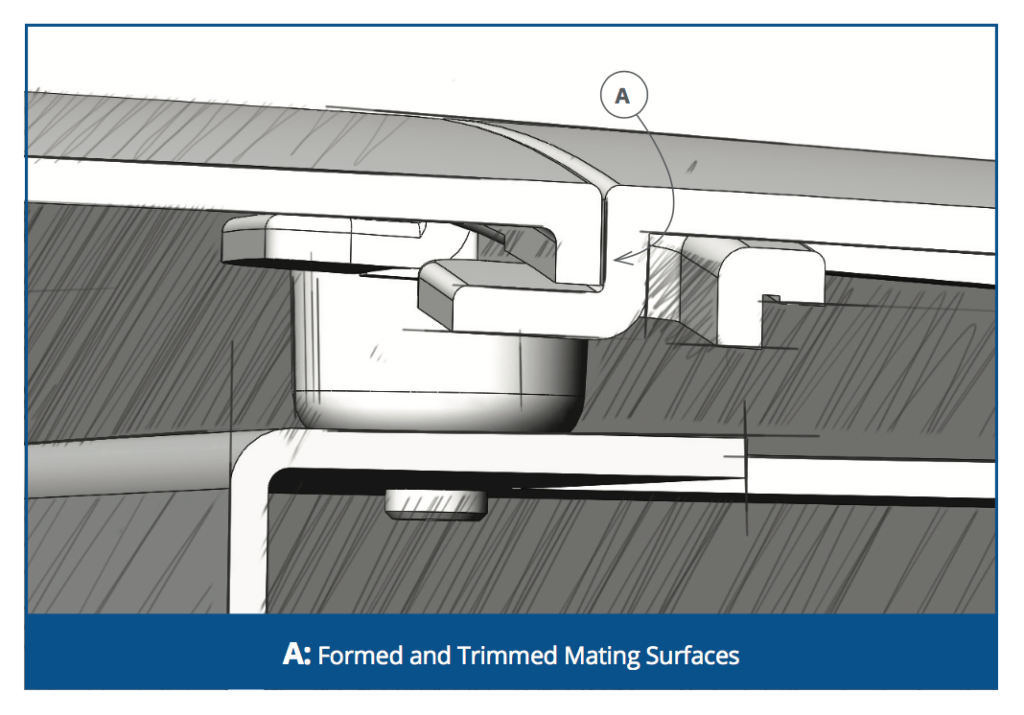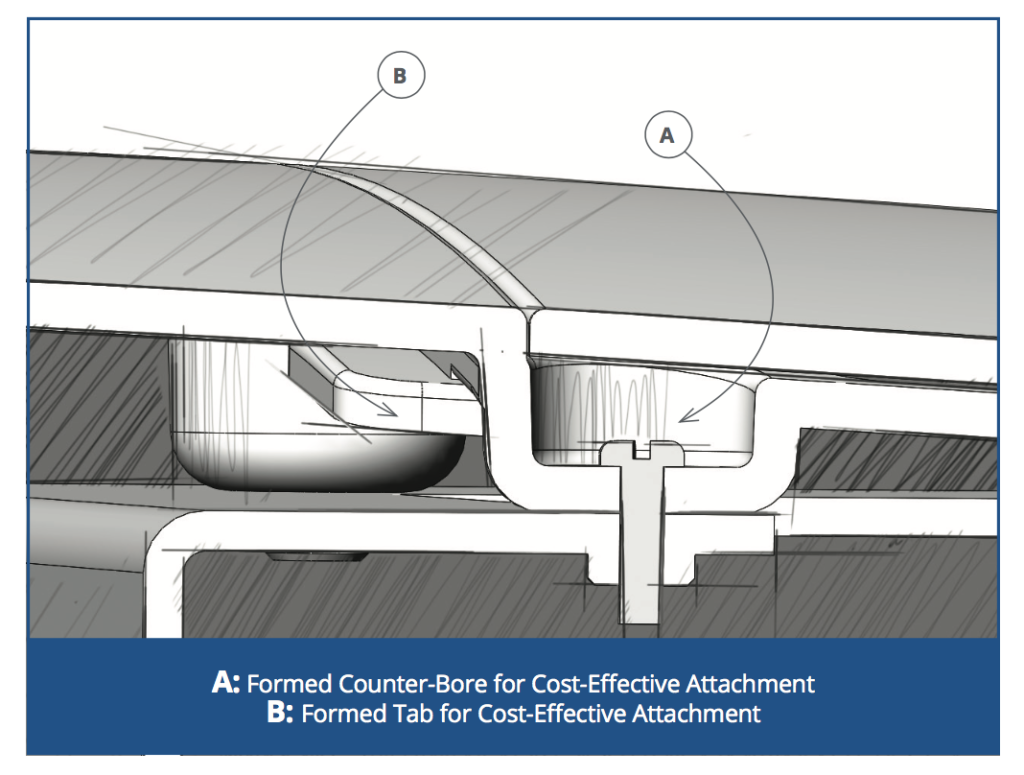By Brian Ray
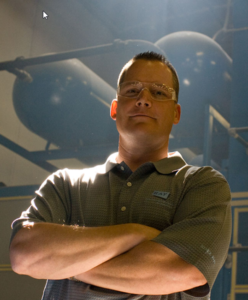 We’re fast approaching our 70th year in business here at Ray Products. As I take stock of where we started, where we are today and the future, I’m astounded by how much the world has changed. Globally, our technological capabilities have grown exponentially – enabling businesses like ours to better serve our customers, employees and investors.
We’re fast approaching our 70th year in business here at Ray Products. As I take stock of where we started, where we are today and the future, I’m astounded by how much the world has changed. Globally, our technological capabilities have grown exponentially – enabling businesses like ours to better serve our customers, employees and investors.
But Ray Products was in business long before the technological boom of the nineties and aughts, and will continue to be, thanks to a philosophy that began with my grandfather: the importance of doing business the right way.
One of the most revolutionary changes to come out of the internet and social media age is access. We are exposed to the thoughts and practices of world-famous CEOs and thought leaders in real time. On the one hand, this is invaluable: We have unfiltered access to the minds of some of the most successful entrepreneurs in the world. The downside is that this sometimes leads to a skewed perspective: the idea that a business or company is equivalent to its founder or leader, rather than the sum of its parts. This is particularly worrying when the CEO is a larger-than-life celebrity figure whose immediate focus is short-term profits.
In reality, a successful business is built on a foundation of many people: employees, investors, suppliers, customers. And while a cutthroat and ambitious CEO can certainly propel a company into enormous wealth in the short term, that by no means guarantees longevity. Whether or not a company prides itself on doing business the right way is a much better indicator of long-term success.
So what exactly do I mean by doing business “the right way”? A few different things:
- Quality Product: Building your business around a product or service that people need – and doing it well.
- Fair Employer: Treating your employees with respect, creating a safe and productive work environment, and compensating fairly – while simultaneously holding them to reasonable standards.
- Reliable Partner: Establishing solid relationships with partners and suppliers based on trust and mutual respect.
Of course, at the end of the day, a business is a business – and the company’s bottom line is the highest priority. But once any of these pillars crumbles entirely in deference to profits, the collapse of the business as a whole is almost inevitable.
As BusinessInsider (BI) noted earlier this year, many U.S.-based companies have, over the last few decades, begun to equate long-term success with maximizing short-term profit for shareholders. In its “Better Capitalism” series, BI makes a compelling argument for more ethical business practices, not simply because it’s the right thing to do (which it is), but also because it’s better for the economy.
Indeed, from prioritizing the well-being of employees to putting an emphasis on valuing employees, customers and communities, some of the most successful companies in the world – Google, In-N-Out, St. Jude’s, AT&T, P&G, Nike – are doing business the right way.
Ray Products was founded in 1949, nearly half a century before the internet age. At the time, Ray Products’ primary output was plastic baby bassinets. Today, we manufacture a wide range of thermoformed plastic parts for many industries, including medical equipment, transportation, green energy, automotive, building & construction and recreational equipment.
But over the years, our commitment to our customers, employees and partners has never wavered – nor will it. By continuing to invest in technology, our customers, partners and employees, we easily have another 70 years ahead of us.
 One of the best parts of the event is the Parts Competition, which showcases the latest advances in thermoforming design and applications. The best parts receive awards, and we were thrilled to win a silver award this year for a multi-part medical device we made for a client in southern California.
One of the best parts of the event is the Parts Competition, which showcases the latest advances in thermoforming design and applications. The best parts receive awards, and we were thrilled to win a silver award this year for a multi-part medical device we made for a client in southern California.